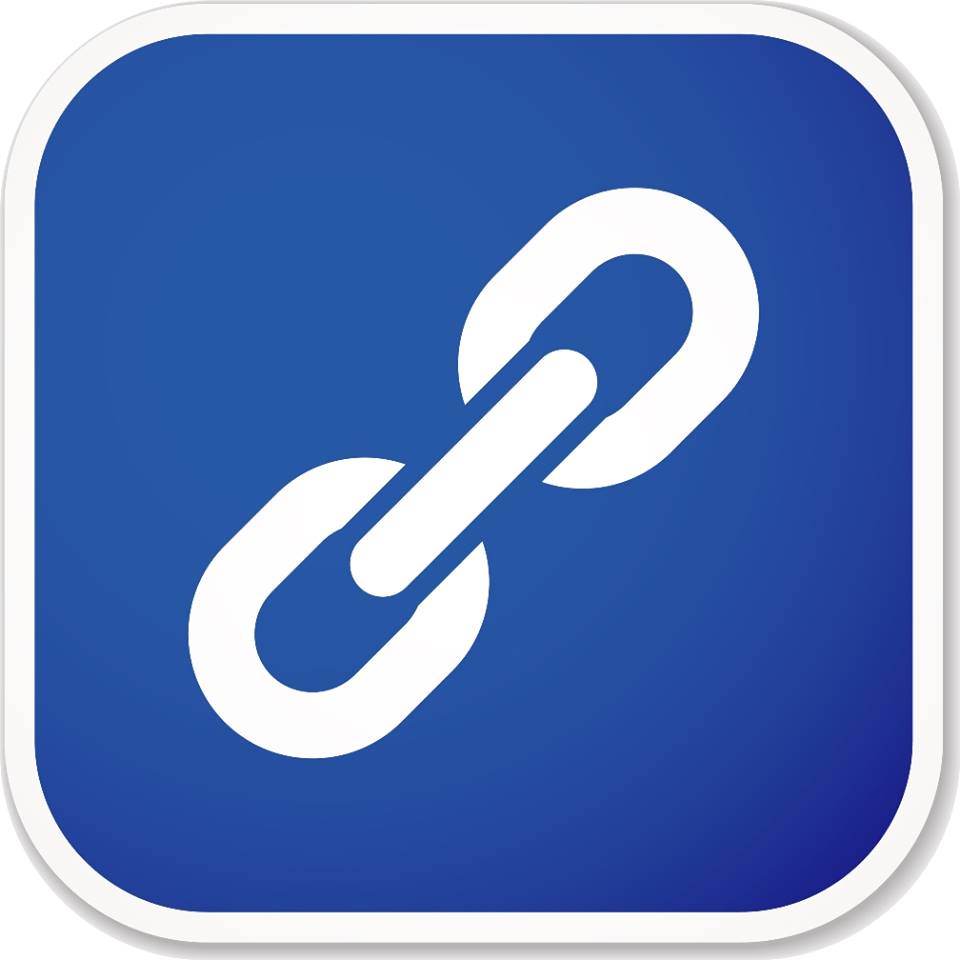
WordPress and all about it
WordPress is, indeed, the world’s most favorite platform for blogging and site building. It’s free and very user-friendly – not to mention that there are tons of free tutorials out there, for you to familiarize yourself with the platform. It’s actually worth getting yourself acquainted with it, even if you eventually decide you don’t want to build your site on this platform after all. Whatever you do, make sure you have at least some understanding as to how a site works and how content is generated: it will help you tremendously in your understanding of all things SEO, be they related to link building or not.
The HTML for links
‘HTML is for programmers and that’s why I’m paying them – so I don’t have to know what code looks like,’ some might say. True as that may be, it still pays off, in the long run, to know at least that much about links and coding. For keywords, the code is <a href=‘targeted URL’>targeted keyword</a>. Note that the targeted keyword is also usually referred to as anchor text. If you want to link to images, the code looks like this: <a href=‘targeted URL’><img src=“example.jpeg” /></a>.
The Google Webmaster Guidelines
You need to know that they exist and have a basic gist of what they say before you get started. This is even applicable to those who plan to engage in less ‘orthodox’ SEO practices. After all, as the popular adage goes, you can’t break the rules if you don’t know what the rules are. For everybody else, have a look here for tons more information about what Google wants from link builders.
The Robots.txt file
Not all sites indexed by Google have one, but those that do had better have a correct one. It might be difficult for a newbie to understand all the information contained in robots.txt, but, luckily for them, there are plenty of free tools online, which can validate the correctness of the coded included in such files. Don’t even know how to find your robots.txt file? Simply type in ‘yoursitename.com/robots.txt’ in the address bar – and you’ll find it right there.
What the Robots.txt file says to engine crawlers
This is the very important thing about robots.txt files. If you open the file as described above and see something like ‘user-agent: * disallow:/’, this means you are essentially telling search engine crawlers you’re not interested and they should not be looking at your site. One reason for which such code might be showing up on your site is the work put in by the developers during the beta testing stage of your site. Some devs prefer to keep the site non-indexed during testing, which is fine. They do need to remember removing the disallow once they’re done.